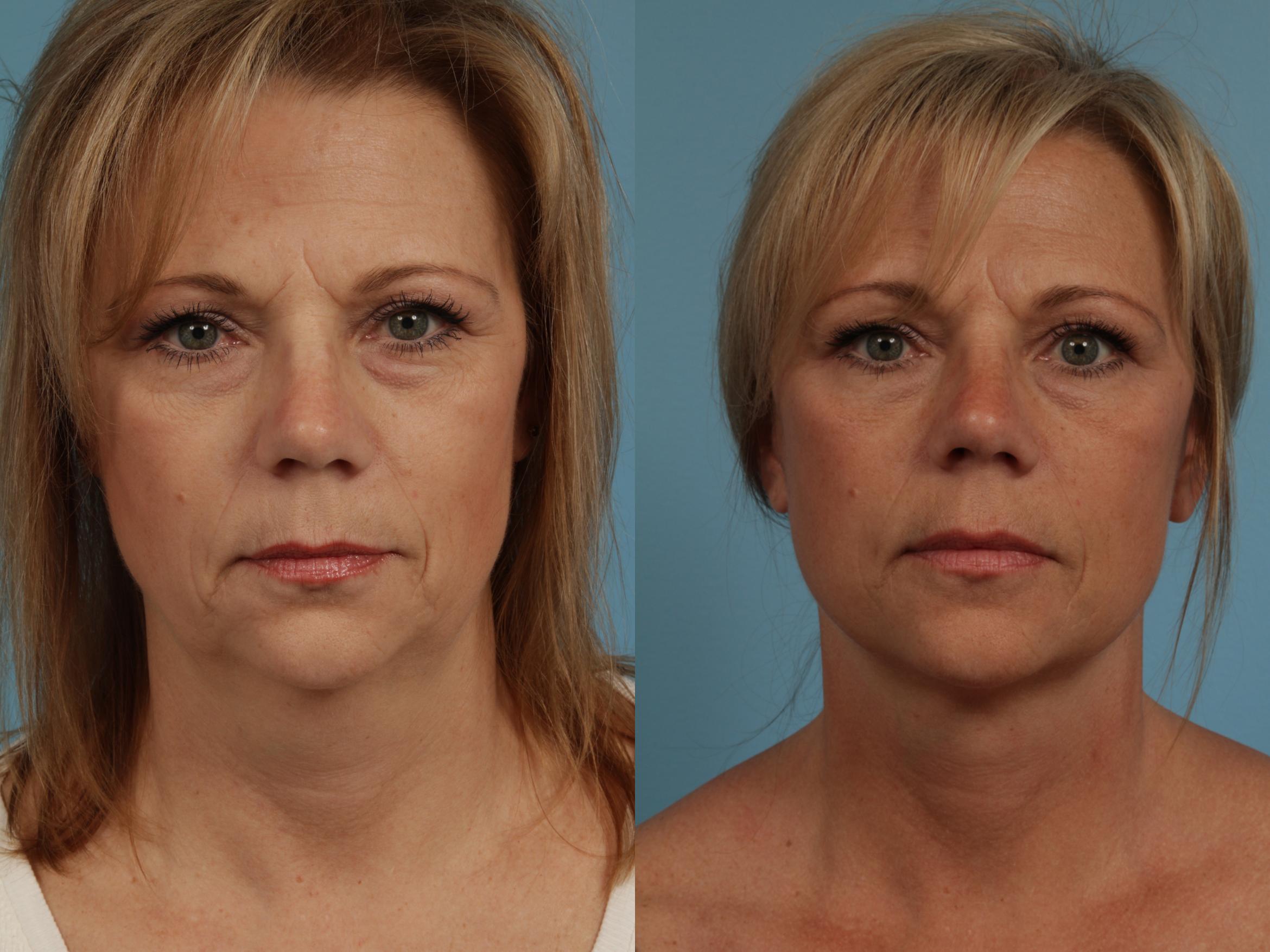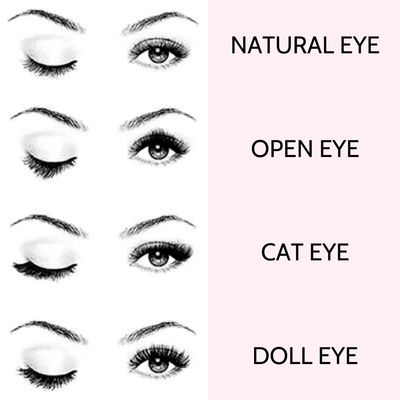
Aimovig or Botox can be used together for chronic migraine headaches. This article will cover the benefits and side effects of these medications. Botox was also approved by The American Academy of Neurology. In fact, the two drugs are recommended to treat migraine headaches together. But, they can have severe side effects.
Side effects of Aimovig
While Aimovig and botox have not been compared directly in clinical studies, both medications have shown promise for treating chronic migraine headaches. After three months, 40% of patients with chronic headaches experienced fewer headaches. Botox decreased headache days by 9.2 days per month on average, compared to the non-users. This was achieved over 24 weeks. Both medications are brand name, but neither one can be used as a generic.
Aimovig side effects are generally minor. However, botosx may cause serious side effects. Even though serious side effects are uncommon, it is important to consult your doctor if you have any concerns. Aimovig can cause high blood pressure. If this happens, your doctor may prescribe a different medication or suggest alternative treatment.

Side effects of Botox
It is possible to wonder what to expect when you are using aimovig. Botox injections are administered in the doctor’s office to patients once every 12 week. It consists of 31 small injections. Botox is a different treatment than Aimovig, but both have similar side-effects. A botox injection can help with migraines.
Botox injections are not known to cause side effects. However there is a possibility for muscle weakness and eyelid ptosis. These side effects are usually temporary and resolve within a few weeks. However, they can adversely affect the patient's ability to comply with the procedure. Botox treatment requires that you receive injections approximately every 12 weeks. The injections may be painful and will require a cold compress to last for several days.
Side effects of CGRP mAbs
While there were some side effects reported from CGRP inhibitors in clinical trials, they weren't widespread. Many patients suffered from other inflammatory comorbidities and experienced unexpected exacerbations of their existing diseases. Some patients were identified as being 'at high risk' but it remains unclear if they are. A cautious approach has been taken due to the lack of information about drug-drug interactions among CGRP inhibitors with other inflammatory comorbidities. Physician awareness of this risk group is essential to ensure safety of CGRP inhibitors, and patient registries are needed to identify patients at risk.
CGRP Abs cause severe flares and arthritis. There are two phases to inflammatory processes in psoriasis. During the initiating phase, keratinocytes secrete antimicrobial peptides that stimulate plasmacytoid dendritic cells. These peptides encourage myeloid dendritic cell maturation and differentiation into TH1 cells and TH17. Activated myeloid cell dendritics migrate to lymph nodes and increase inflammation.

Side effects of combination therapies
Botox and Aimovig are prescription drugs that can be used to treat migraine headaches. Aimovig is an intramuscular injectable that is given once every 12 week. Both medications have similar side effects. Combined, they can cause serious side effects. If you're interested in trying one of these drugs, you should consult with your doctor to find out if this combination is right for you. Be aware of the possible side effects for each treatment.
Botox is FDA-approved for adults suffering from chronic migraines. It requires at least 31 injections. They are repeated every three months. While there are no side effects to the treatment, it can cause temporary muscle weakness as well as decrease compliance. Also, it affects the release of neurotransmitters like CGRP. There is a possibility of muscle weakness if botox is combined.